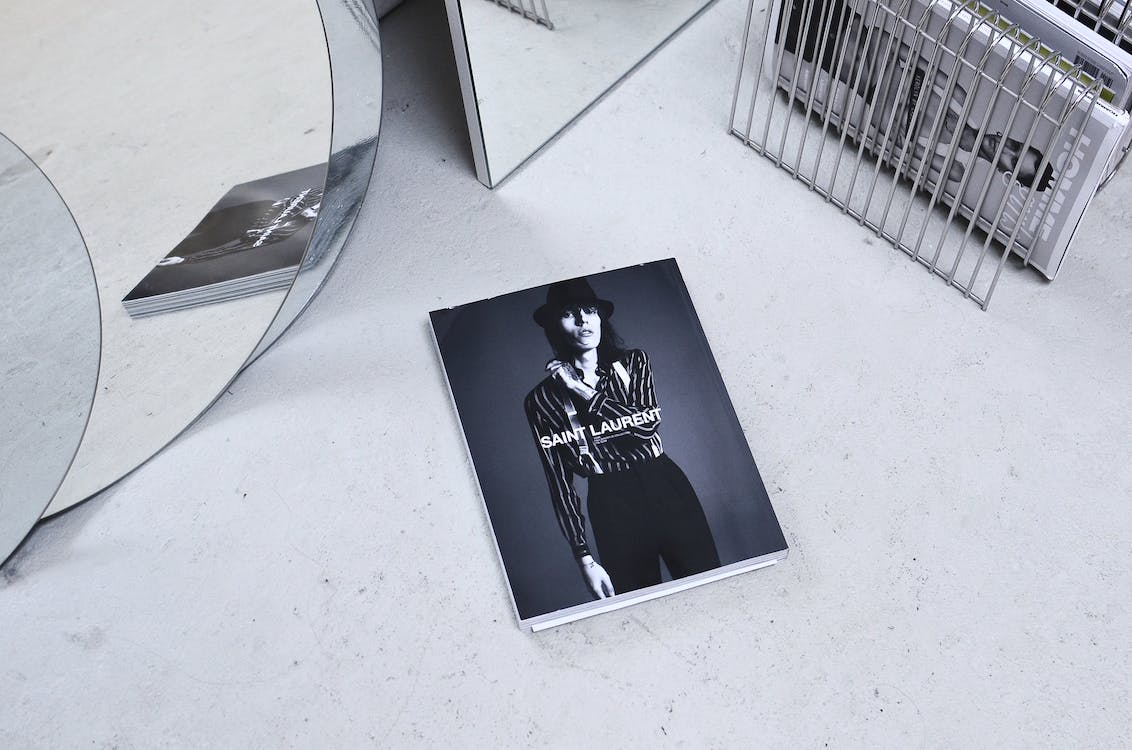In the ever-evolving landscape of publishing and design, even the seemingly traditional world of journal cover design is not immune to the influence of trends. Journal covers are no longer just a mere gateway to the content within; they have become a statement, an art form, and a reflection of the times. In this blog post, we’ll dive into the hottest trends that are currently shaping journal cover design, from innovative layouts to captivating imagery.
Embracing Minimalism: Less is More
One prevailing trend that has made its mark across various design domains is minimalism. Journals are now adopting cleaner and simpler designs that rely on the power of negative space. A minimalistic journal cover often features a single focal element, a bold title, and a muted color palette. This approach not only enhances visual appeal but also emphasizes the importance of the content itself. Minimalistic covers draw the reader’s attention to the core message, making a strong impact with understated elegance.
Playful Typography: Words as Art
Typography and a journal cover template — StoryboardThat has always been an integral part of the design, but recently, it has taken a more playful and experimental turn. Journals are experimenting with creative typography that transforms words into visual art.
Letters may be stretched, twisted, or interconnected in imaginative ways, blurring the lines between language and design. This trend adds a layer of intrigue to the journal cover, enticing readers to explore what lies within the pages.
Nature-Inspired Aesthetics: Bringing the Outdoors In
The allure of the natural world has found its way onto journal covers. Nature-inspired designs, ranging from intricate botanical illustrations to abstract representations of landscapes, are captivating readers with their organic charm.
This trend not only resonates with the current collective desire for more sustainable living but also evokes a sense of tranquility and connection to the environment. These covers are like windows into a world where the beauty of nature meets the sophistication of design.
Vibrant Color Palettes: A Visual Feast
While minimalism has its charm, vibrant and bold color palettes are also making waves in journal cover design. These covers burst with energy, using striking combinations to grab attention and spark interest.
From neon-bright hues to gradients that seamlessly blend from one color to another, these covers are an ode to creativity and imagination. They create an immediate emotional impact, setting the tone for the content inside.
Typography Beyond Boundaries: Experimental Font Play
Typography in journal cover design has transcended its conventional role, giving rise to an era of experimental font play that breaks boundaries and redefines creativity.
Custom Fonts for Distinct Identity
Custom typography has emerged as a hallmark of modern journal covers. Designers are crafting exclusive fonts that align with a journal’s identity and theme. These bespoke fonts not only ensure distinctiveness but also unify the visual language across the publication. Custom fonts contribute to a personal touch that resonates with readers and elevates the reading experience.
Innovative Hybrid Font Pairing
Gone are the days of rigid font choices. Hybrid font pairing is a daring approach that involves blending diverse fonts to create contrast and intrigue. Journals are boldly experimenting with pairings of serif and sans-serif, script and bold, yielding captivating combinations that mirror the journal’s multifaceted content. This technique adds layers to the cover’s narrative while showcasing the versatility of typography.
Artistic, Expressive Lettering
Lettering has evolved into a canvas for artistic expression. Journals are commissioning hand-lettered titles and headlines that radiate craftsmanship and authenticity. These handcrafted letters inject imperfections and nuances, setting a human tone absent in digital fonts. Expressive lettering establishes a personal connection with readers, evoking emotions and telegraphing the content’s mood.
Typography in Negative Space
Negative space isn’t just for overall design—it’s making its way into typography. Negative space typography employs the spaces within and around letters to form shapes and convey added significance. This trend adds sophistication to typography, inviting readers to decipher concealed messages and engage more deeply. Negative space typography exemplifies design’s synergy with textual elements.
Balancing Creativity with Accessibility
While pushing the envelope with experimental typography, designers are mindful of readability and accessibility. This entails selecting legible fonts, especially in smaller sizes, and ensuring ample contrast for easy reading. Amid the avant-garde typographic experiments, maintaining accessibility underscores the commitment to accommodating diverse readership.

Must-Have Elements for a Trendy Journal Cover
To sum up, here’s a list of must-have elements to consider when designing a trendy journal cover:
- Minimalistic Layout: Embrace negative space and focus on a single focal element.
- Playful Typography: Experiment with creative and visually appealing typography.
- Nature-Inspired Imagery: Incorporate elements from the natural world for an organic touch.
- Vibrant Color Palette: Use bold and striking colors to make a powerful statement.
- Mixed Media Collages: Combine various visual elements to create a dynamic composition.
- Interactive Elements: Engage readers with interactive features for a unique experience.
- Dynamic Art: Consider adding subtle animations or videos to bring the cover to life.
In conclusion, journal cover design is undergoing a transformation, where tradition meets innovation, and aesthetics merge with functionality. The trends discussed here represent a fascinating intersection of art, design, and communication. Whether you’re a designer, a publisher, or simply a reader, these trends provide a glimpse into the exciting future of journal cover design. So, the next time you pick up a journal, take a moment to appreciate the thought and creativity that went into its cover—it’s more than just a design; it’s a visual journey.

